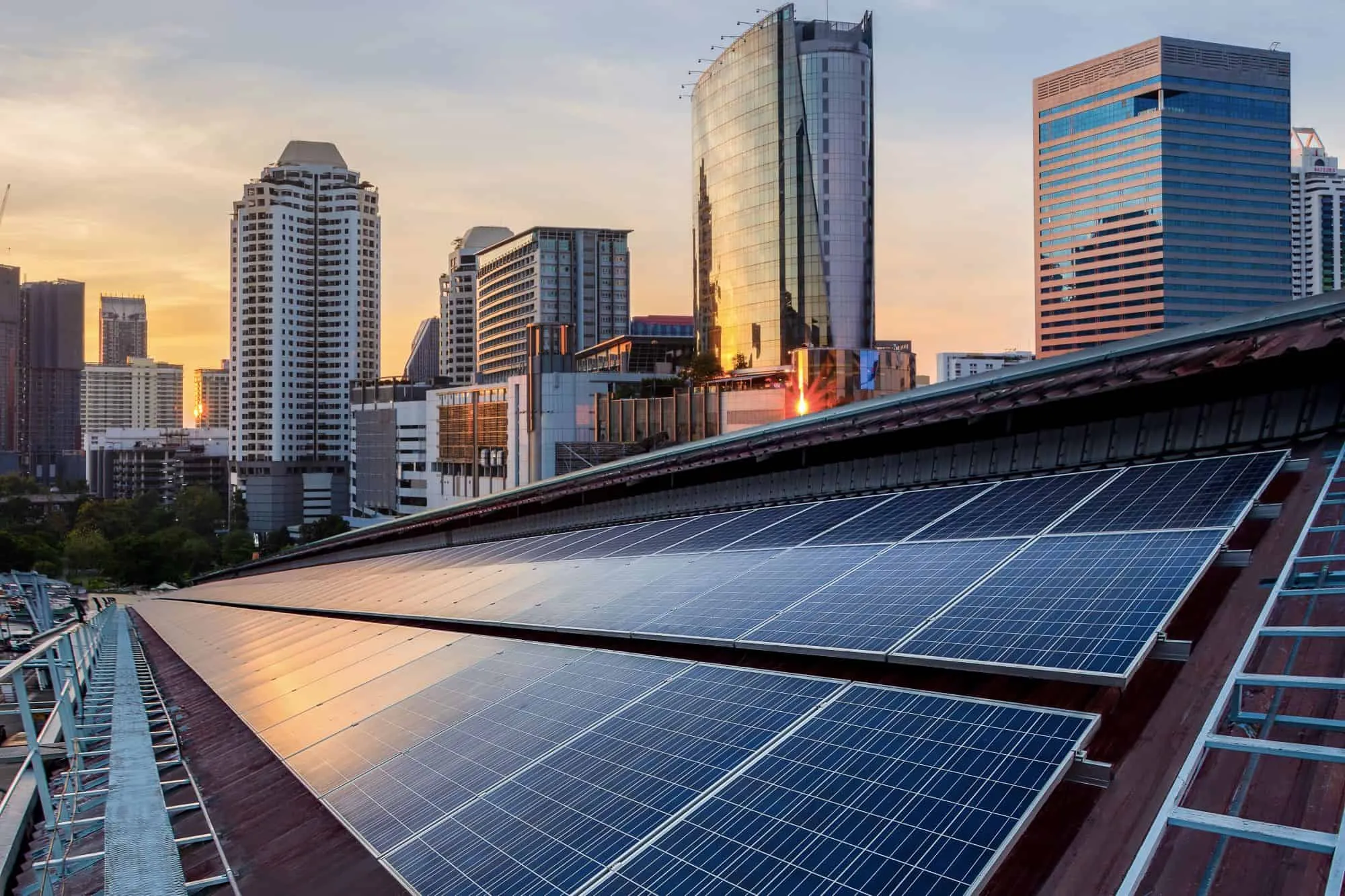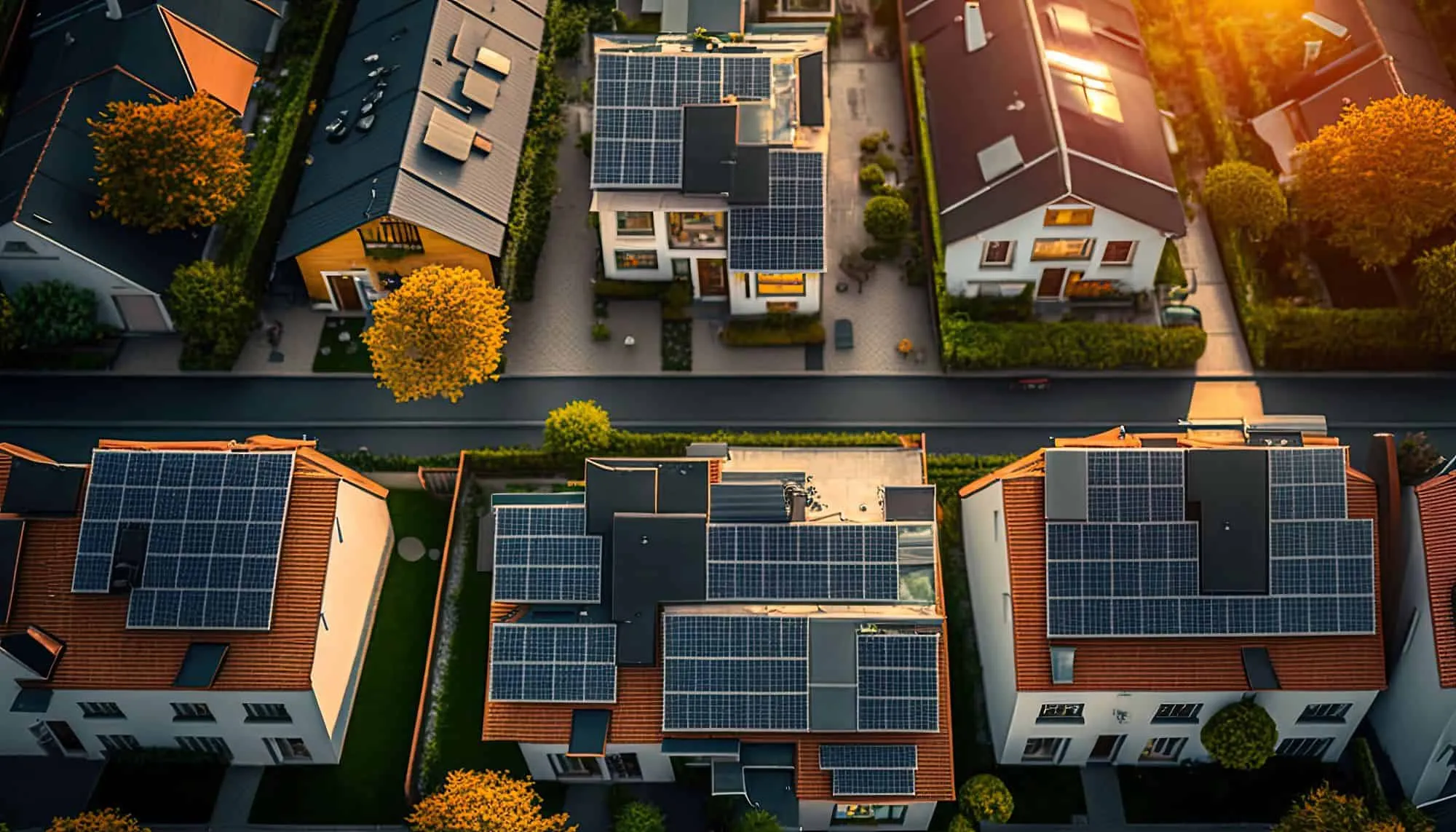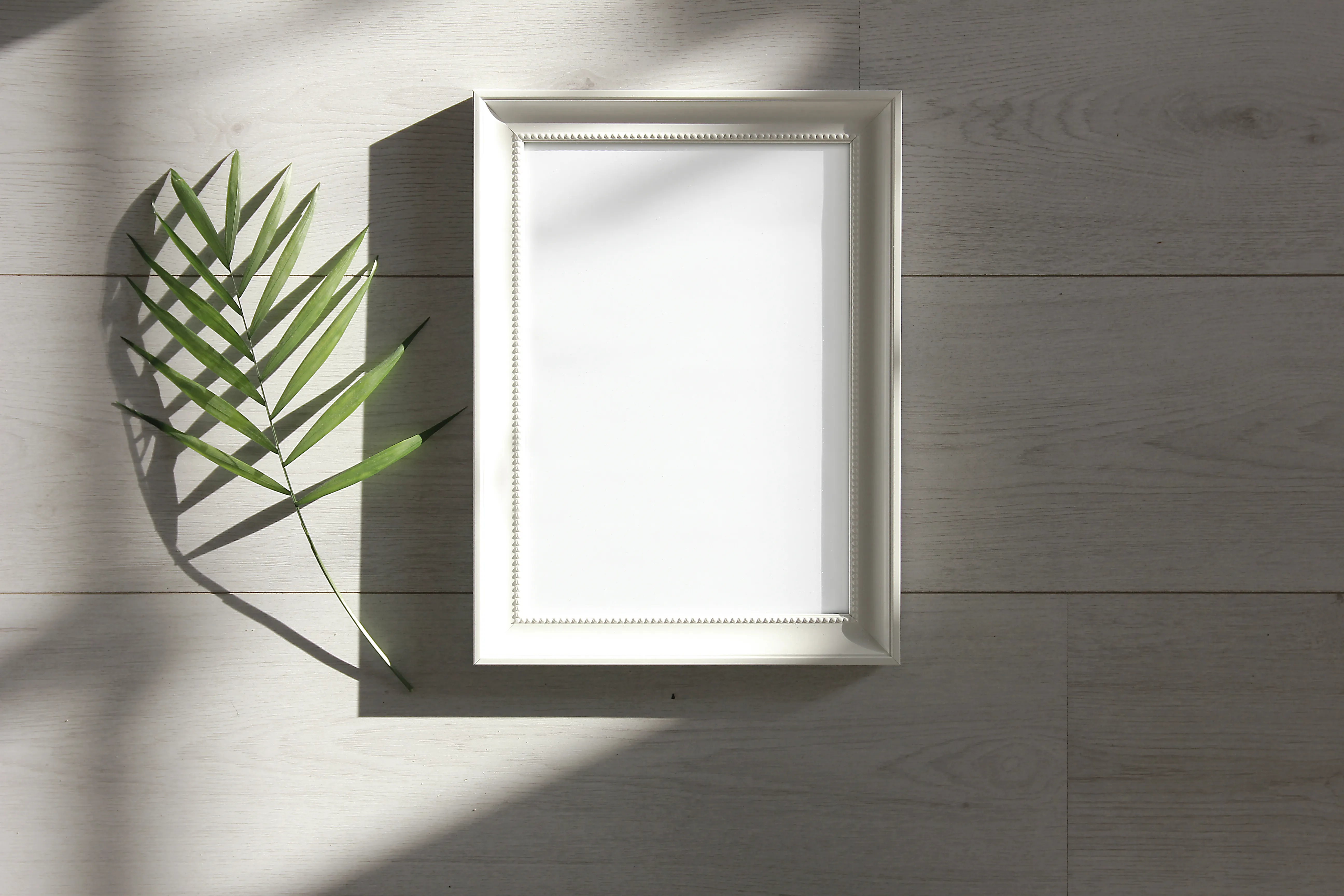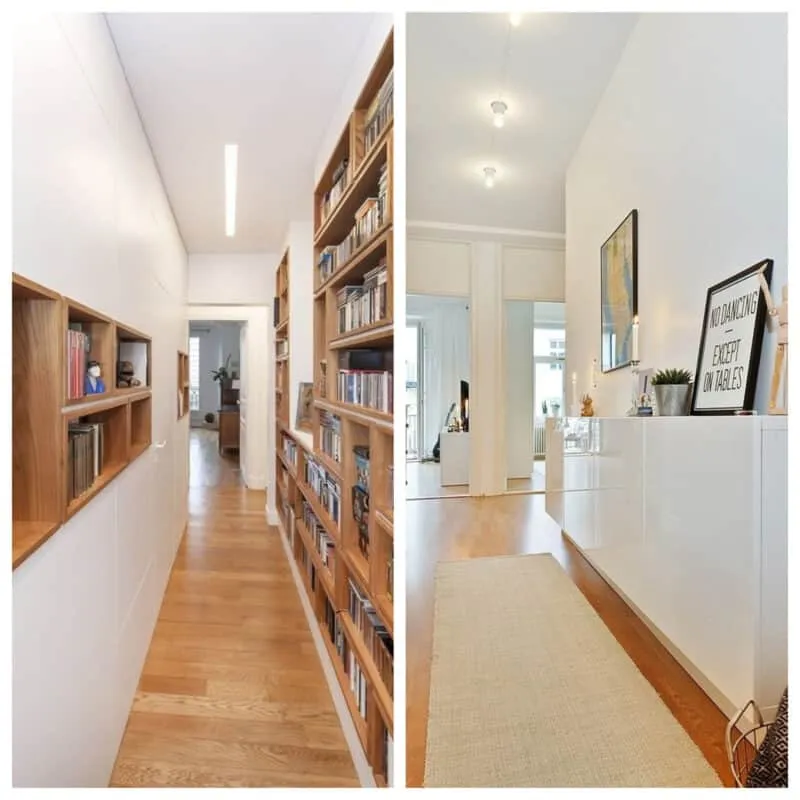There can be your advertisement
300x150
How to Integrate Solar Panels into Building Design
Solar energy leads the transition to sustainable energy. It provides a renewable and abundant source of energy with zero harmful emissions. Thanks to its advantages, solar energy systems have become an essential element of green building design.
The use of solar energy reflects the growing awareness of sustainable design principles, where buildings contribute to a more eco-friendly and resilient urban environment. As a result, an increasing number of architects and builders are beginning to integrate solar panels into their projects. However, this process requires careful planning and consideration for maximum efficiency.
This brief guide offers comprehensive strategies for integrating solar energy into sustainable construction.
Understanding the Potential of Solar Energy
The path to effective integration of solar panels into building design starts with a deep understanding of the site's solar energy potential. This understanding is crucial since the efficiency of solar panels largely depends on available sunlight. Factors such as geographic location, local weather conditions, and surrounding structures can significantly impact the solar energy a building can capture. Therefore, these must be taken into account before installing solar panels.
It is ideal if sites are located closer to the equator, with fewer cloudy days and minimal potential for obstacles blocking sunlight. A comprehensive analysis of a site's solar potential provides an estimate of possible annual solar energy generation. This preliminary information can be useful in early design stages, indicating optimal building placement and orientation for maximum solar energy utilization.
Choosing the Right Type of Solar Panels
After determining a site's solar potential, the next step is to choose the appropriate type of solar panels best suited for your project.
Three main types of solar panels are available in the market: monocrystalline, polycrystalline and thin-film. Understanding these types can significantly influence the efficiency, cost, and aesthetic outcome of your project.
- Monocrystalline Panels: They have a uniform dark appearance and rounded cells. Made from one, pure crystalline structure, they are the most efficient type of solar panels. Moreover, monocrystalline panels have a long lifespan of about 25-30 years, making them a favorable investment for long-term projects. However, their high efficiency and longevity require higher cost compared to other types of solar panels.
- Polycrystalline Panels: They feature a blue, speckled appearance and square cells. Polycrystalline panels are made from multiple crystalline structures. They offer a reasonable compromise between cost and efficiency, making them a popular choice for residential projects. However, they require more space to generate the same power as monocrystalline panels.
- Thin-Film Panels: These are made from lightweight and flexible materials. Due to their flexibility, they can be integrated into various building materials such as solar windows or solar tiles. They are the simplest to produce and, accordingly, the cheapest option. However, they have the lowest efficiency and shortest lifespan. Thin-film panels may be suitable for large-scale projects where space is not limited, or for buildings with unusual shapes or structural constraints.
Architects and builders should find a balance between efficiency, cost, aesthetics, and specific project needs to make the most suitable choice.

Placement and Orientation of Solar Panels
Proper placement and orientation of solar panels can significantly increase their efficiency. To maximize sunlight reception throughout the day, solar panels should face south in the Northern Hemisphere and north in the Southern Hemisphere. The optimal tilt angle varies but is usually around the same degree as the site's latitude.
Vertical installation is an effective alternative in densely built urban areas where rooftop space is limited. Furthermore, installing solar panels on facades can reduce heat buildup inside the building, thereby increasing energy efficiency.
Aesthetic Integration of Solar Panels
Despite common misconceptions, integrating solar panels into building design does not require compromising aesthetics—what's needed is careful planning and creativity. As a result, they can serve as architectural elements that add aesthetic appeal to buildings while maintaining their primary function of generating energy.
One effective approach is using Building-Integrated Photovoltaics (BIPV). This technology directly integrates solar cells into building materials such as solar windows or tiles. BIPV offers the ability to maintain a traditional appearance of buildings while equipping them with solar energy capabilities.
Maintenance and Future Expansion Planning
Another important factor to consider during the design phase is maintenance. Solar panels require regular cleaning and periodic repairs to ensure optimal performance over many years. Therefore, accessibility must be ensured.
Additionally, planning for future expansion of solar panel installations is a wise decision. Energy demand may grow over time, and technological advances might offer more efficient solar panels in the future. Designing with expansion possibilities in mind can save significant costs and effort in the long run.
Legal and Regulatory Aspects
Different regions have varying regulatory requirements for solar energy installations. This may include building codes, zoning, and restrictions. Building codes can limit where and how solar panels are installed, while zoning may restrict the height of structures or their proximity to property boundaries, which can affect solar panel placement.
Finally, be prepared to obtain necessary permits before starting installation. This can take considerable time and require several inspections, so it's recommended to factor this into your project timeline.
Conclusion
Integrating solar panels into building design requires a thorough understanding of various factors affecting their efficiency. With proper strategies, experts can design and build energy-efficient and future-ready buildings.
More articles:
 How to Create a Cozy Bohemian Kitchen
How to Create a Cozy Bohemian Kitchen How to Change the Ambiance in a Furnished Studio?
How to Change the Ambiance in a Furnished Studio? HOW TO DECORATE A SMALL BALCONY - SIX STYLISH AND INSPIRING IDEAS
HOW TO DECORATE A SMALL BALCONY - SIX STYLISH AND INSPIRING IDEAS How to Design a Glass Extension
How to Design a Glass Extension How to Decorate Your Home with Pictures for Perfect Architectural Design
How to Decorate Your Home with Pictures for Perfect Architectural Design How to Decorate Walls with Canvas Prints
How to Decorate Walls with Canvas Prints How to Decorate and Style Your Corridor
How to Decorate and Style Your Corridor How to Install a Small Hall
How to Install a Small Hall